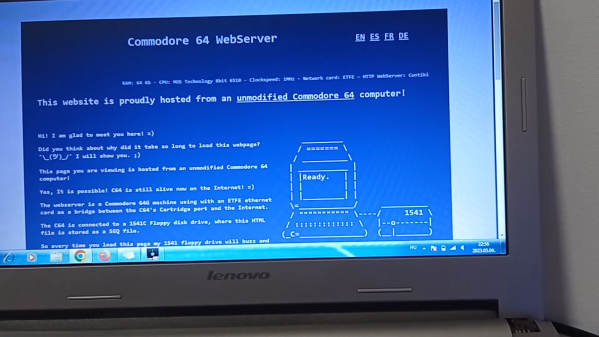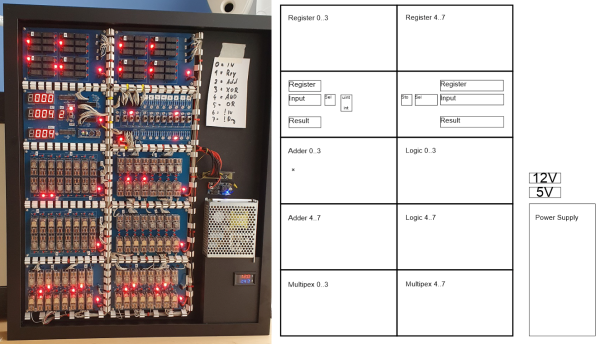Martin Hench really likes playing on the Red Team — being on the attack. He’s a financial geek, understands cryptocurrency, understands how money is moved around to keep it hidden, and is really good at mining data from social media. He puts those skills together as a forensic accountant. Put simply, Martin finds money that people want hidden. Against his better judgment, Marty does the job of a lifetime, and makes an absolute mint. But that job had hair, and he’s got to live through the aftermath. It turns out, that might just be a challenge, as three separate groups want a piece of him.
Red Team Blues, a work of fiction by [Cory Doctorow] about cryptocurrency, trust, finance, and society as a whole. When [Doctorow] offered to send us a copy to review, we jumped at the chance, and can give it a hearty recommendation as a fun and thoughtful tale. The moral seems to be that while everyone plays the sordid finance game, the government should really work harder to disentangle the mess, but maybe we would do better if more people opted for integrity. There is also a real point to be made about the dark side of cryptocurrency, in that it enables crime, ransomware, and money laundering on a global scale. For all the pluses for privacy and anonymity, there’s some real downsides. The characters spend most of the book wrestling with that dichotomy in the background.
The book took something of a moralizing turn just over halfway through. Which, depending on your viewpoint, you’ll either really appreciate, or have to hold your nose a bit to get through. But the suspense pulls the reader through it, making for an overall enjoyable read. As an added bonus, you might end up with a better mental image of how the pieces of digital privacy, finance, and the real world all fit together.
The book has all the fun references to Tor, Signal, Bitcoin, and computer history you could want. And the central MacGuffin is an interesting one: a cryptocurrency that runs on proof-of-secure-enclave, eliminating the ridiculous power consumption of proof-of-work schemes. All of this with some rich Silicon Valley lore setting up the background. Our conclusion? Two wrenches up.





 operating on 4-bits. To handle a byte-length word, boards are simply cascaded, making a total of eight. The register, adder, logic function, and multiplex boards are the heart of the build with an additional two custom boards for visualization (using an Arduino for convenience) and IO forming the interface. After all, a basic CPU is just an ALU and some control around it, the magic is really in the ALU.
operating on 4-bits. To handle a byte-length word, boards are simply cascaded, making a total of eight. The register, adder, logic function, and multiplex boards are the heart of the build with an additional two custom boards for visualization (using an Arduino for convenience) and IO forming the interface. After all, a basic CPU is just an ALU and some control around it, the magic is really in the ALU. but that’s the job of a separate board. The adder function is the most basic, simply a pair of half-adders and an OR-gate to handle the chaining of the carry inputs and generate the carry chain output.
but that’s the job of a separate board. The adder function is the most basic, simply a pair of half-adders and an OR-gate to handle the chaining of the carry inputs and generate the carry chain output.












